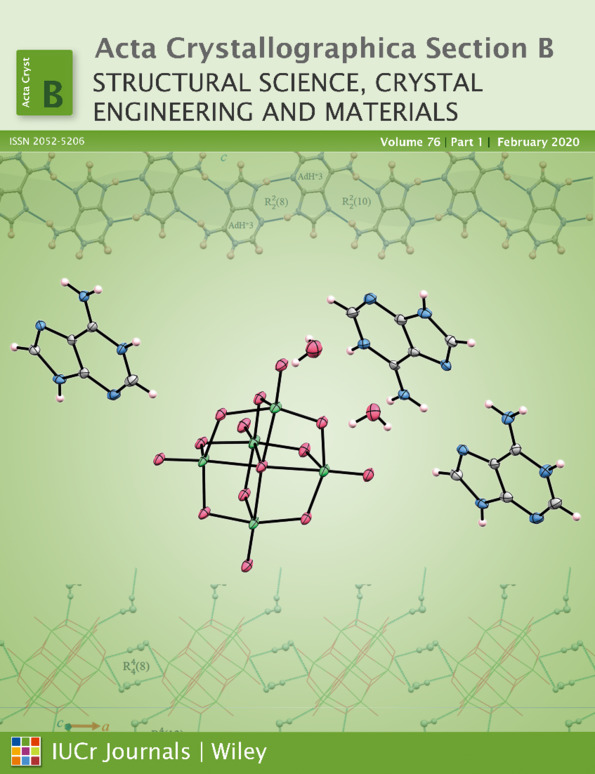A new high-pressure benzocaine polymorph — towards understanding the molecular aggregation in crystals of an important active pharmaceutical ingredient (API)
Abstract
Benzocaine (BZC), an efficient and highly permeable anaesthetic and an active pharmaceutical ingredient of many commercially available drugs, was studied under high pressure up to 0.78 GPa. As a result, new BZC polymorph (IV) was discovered. The crystallization of polymorph (IV) can be initiated by heating crystals of polymorph (I) at a pressure of at least 0.45 GPa or by their compression to 0.60 GPa. However, no phase transition from polymorph (I) to (IV) was observed. Although polymorph (IV) exhibits the same main aggregation motif as in previously reported BZC polymorphs (I)–(III), i.e. a hydrogen-bonded ribbon, its molecular packing and hydrogen-bonding pattern differ considerably. The N—H…N hydrogen bonds joining parallel BZC ribbons in crystals at ambient pressure are eliminated in polymorph (IV), and BZC ribbons become positioned at an angle of about 80°. Unfortunately, crystals of polymorph (IV) were not preserved on pressure release, and depending on the decompression protocol they transformed into polymorph (II) or (I).




